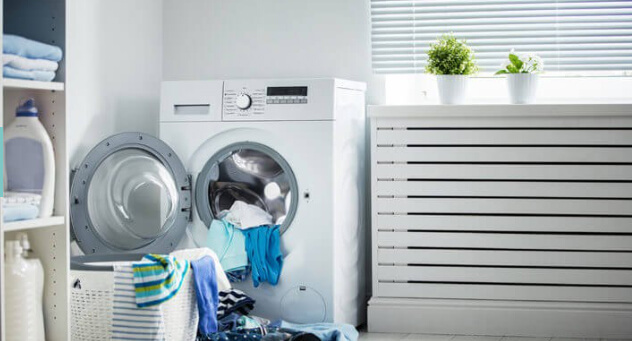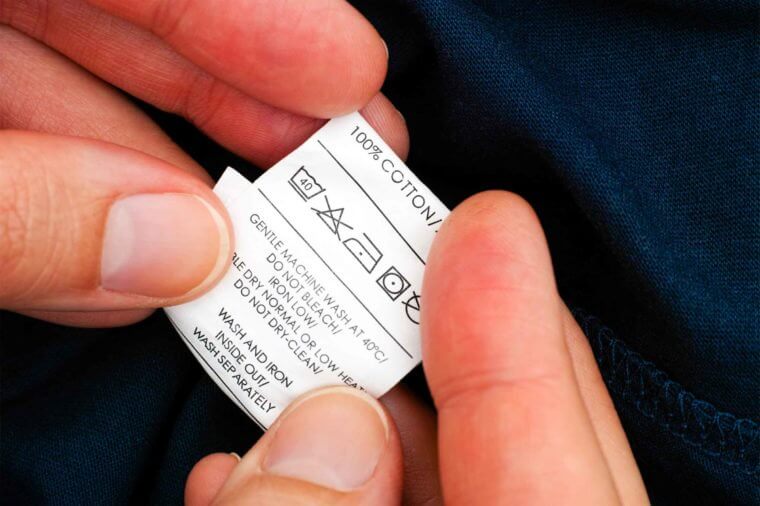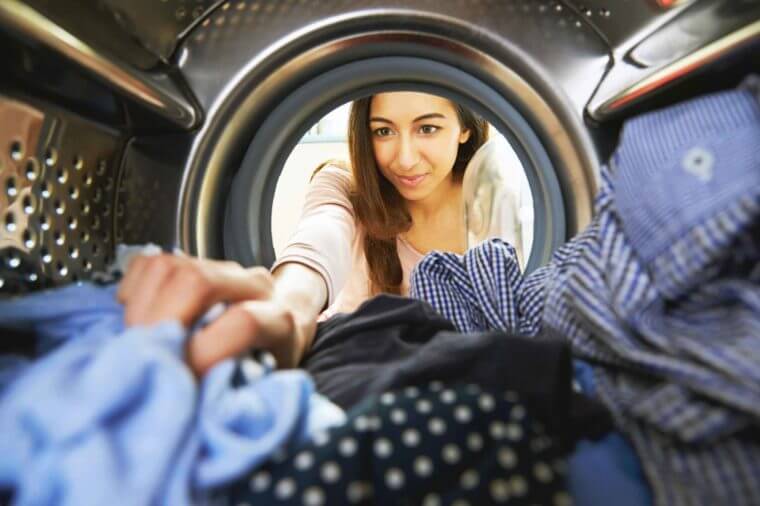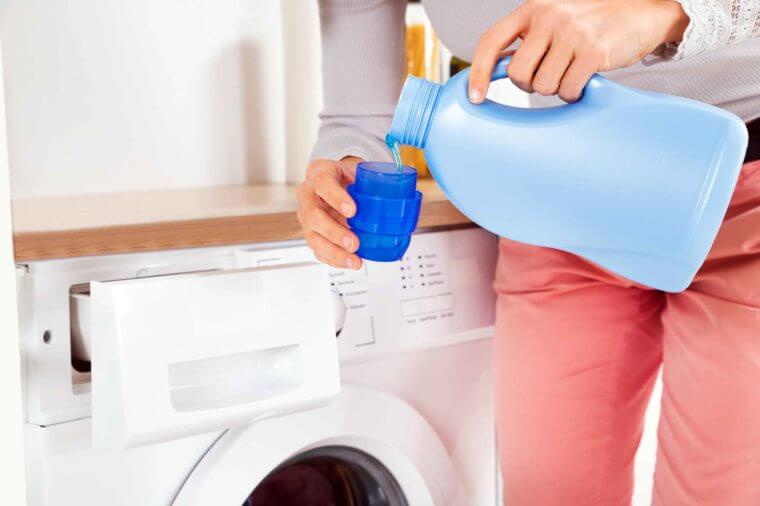
Carefully read clothing labels
If you are concerned about the cost of cleaning, make sure you check the label before you purchase any item of clothing. “Manufacturers are only required to list one way to clean the item. If the item indicates ‘dry clean only’ this is the safest and recommended method of cleaning,” This does not mean that it is the only method of cleaning. In fact, we regularly clean ‘dry clean only’ items with water; however, having the expertise to do this and have great results is challenging.” The care labels are only true for 51 percent of the garment’s total fabric and excludes all ornamentation.

Read this if you’re confused about what those washing symbols mean on a label really mean

Clean Clothes Regularly
“[Dress] shirts should only be worn one time, suit jackets twice, pants twice—but should be freshened between every wear—sweaters every three wears. Properly cleaning your clothes regularly will ensure that problems don’t become disasters,” Rhodes recommends
Don’t use too much detergent
Rhodes says that laundry detergent companies are making a fortune telling you how much soap to use in your loads. He says, “With the new high efficiency front and top load machines a tablespoon of detergent is plenty! The removal of spots comes from properly pre-treating the items, temperature, agitation, and treating the item as soon as possible.” Read more about how to boost your laundry detergent.


Zip your zippers and no Velcro
“Zippers are the saws of destruction in your laundry,” says Rhodes. “Keeping them closed ensures that they don’t snag another item in the load.” The same can be said of Velcro which can stick to other fabrics and ruin a nice sweater if washed and dried together. Just don’t do it!
Don’t just sort lights and darks
According to Martha Stewart Living, the more you sort the laundry, the fresher your clothes. Separate very dirty or muddy clothes apart from lightly soiled pieces, and heavy or abrasive fabrics like denim from more delicate ones. (For denim, turn inside out, wash in cold water on a gentle cycle, and dry at a low temperature to prevent fading.) To prevent sheets from twisting, wash each set separately instead of the whole family’s at once, and include smaller items like underwear in the load. According to Donna Smallin Kuper, author of The One-Minute Cleaner, the items help prevent twisting because they have different tumble patterns.
Full Article Here

